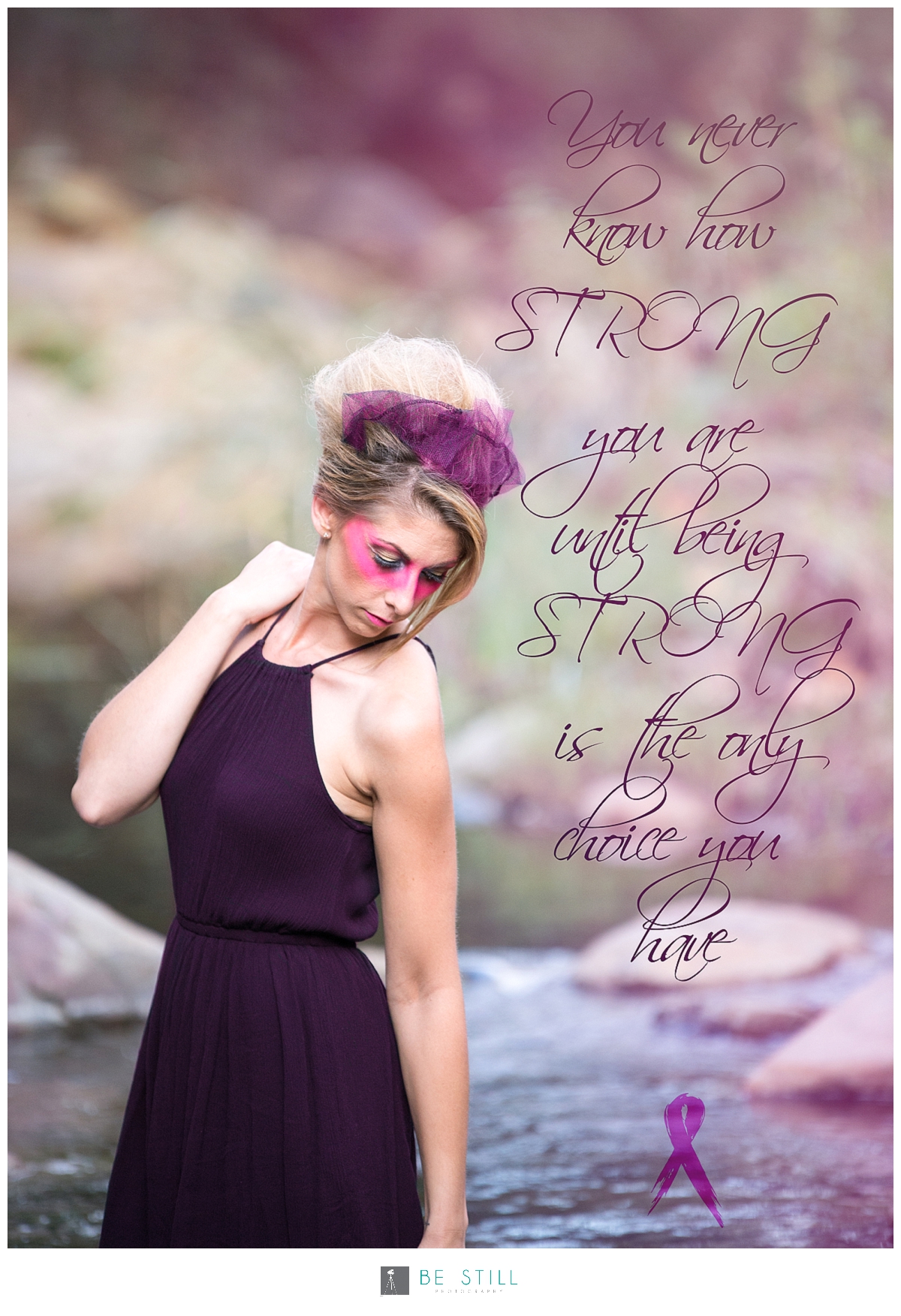We recently did a photoshoot for breast cancer awareness month. We went with our friend who is a survivor and we wanted to do a shoot for awareness.
We got some amazing shots that we are working on and will love to share as soon as we are ready. We will also share Briana's story in that post.
For this post, it is all about awareness. Here are some stats straight from breastcancer.org:
- About 1 in 8 U.S. women (about 12%) will develop invasive breast cancer over the course of her lifetime.
- In 2015, an estimated 231,840 new cases of invasive breast cancer are expected to be diagnosed in women in the U.S., along with 60,290 new cases of non-invasive (in situ) breast cancer.
- About 2,350 new cases of invasive breast cancer are expected to be diagnosed in men in 2015. A man’s lifetime risk of breast cancer is about 1 in 1,000.
- Breast cancer incidence rates in the U.S. began decreasing in the year 2000, after increasing for the previous two decades. They dropped by 7% from 2002 to 2003 alone. One theory is that this decrease was partially due to the reduced use of hormone replacement therapy (HRT) by women after the results of a large study called the Women’s Health Initiative were published in 2002. These results suggested a connection between HRT and increased breast cancer risk.
- About 40,290 women in the U.S. are expected to die in 2015 from breast cancer, though death rates have been decreasing since 1989. Women under 50 have experienced larger decreases. These decreases are thought to be the result of treatment advances, earlier detection through screening, and increased awareness.
- For women in the U.S., breast cancer death rates are higher than those for any other cancer, besides lung cancer.
- Besides skin cancer, breast cancer is the most commonly diagnosed cancer among American women. In 2015, it's estimated that just under 30% of newly diagnosed cancers in women will be breast cancers.
- White women are slightly more likely to develop breast cancer than African-American women. However, in women under 45, breast cancer is more common in African-American women than white women. Overall, African-American women are more likely to die of breast cancer. The risk of developing and dying from breast cancer is lower in Asian, Hispanic, and Native-American women.
- In 2015, there are more than 2.8 million women with a history of breast cancer in the U.S. This includes women currently being treated and women who have finished treatment.
- A woman’s risk of breast cancer approximately doubles if she has a first-degree relative (mother, sister, daughter) who has been diagnosed with breast cancer. Less than 15% of women who get breast cancer have a family member diagnosed with it.
- About 5-10% of breast cancers can be linked to gene mutations (abnormal changes) inherited from one’s mother or father. Mutations of the BRCA1 and BRCA2 genes are the most common. On average, women with a BRCA1 mutation have a 55-65% lifetime risk of developing breast cancer. For women with a BRCA2 mutation, the risk is 45%. Breast cancer that is positive for the BRCA1 or BRCA2 mutations tends to develop more often in younger women. An increased ovarian cancer risk is also associated with these genetic mutations. In men, BRCA2 mutations are associated with a lifetime breast cancer risk of about 6.8%; BRCA1 mutations are a less frequent cause of breast cancer in men.
- About 85% of breast cancers occur in women who have no family history of breast cancer. These occur due to genetic mutations that happen as a result of the aging process and life in general, rather than inherited mutations.
- The most significant risk factors for breast cancer are gender (being a woman) and age (growing older).
Here is one of the shots from the shoot:  We can't wait to share more from the day.
We can't wait to share more from the day.
Model: Briana Silva
MUA: Macy Ornelia
Hair: Blyss Macias
Photographer: Be Still Photography | Ernie Padaon | Fiona Padaon
Location: San Elijo
 We can't wait to share more from the day.
We can't wait to share more from the day.